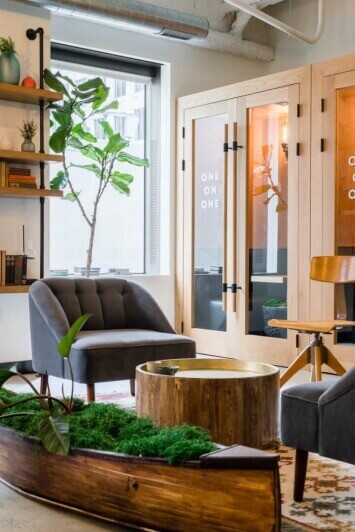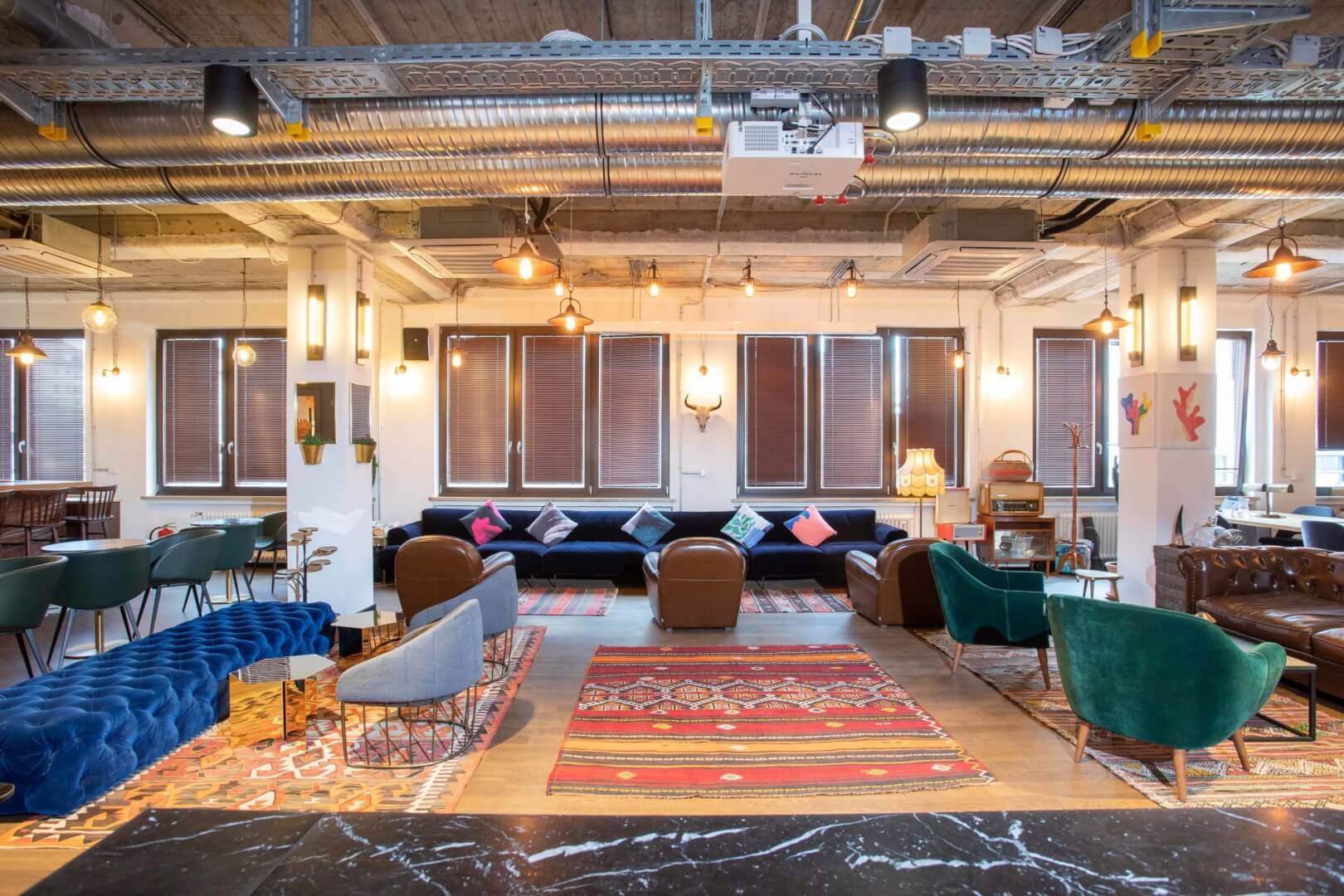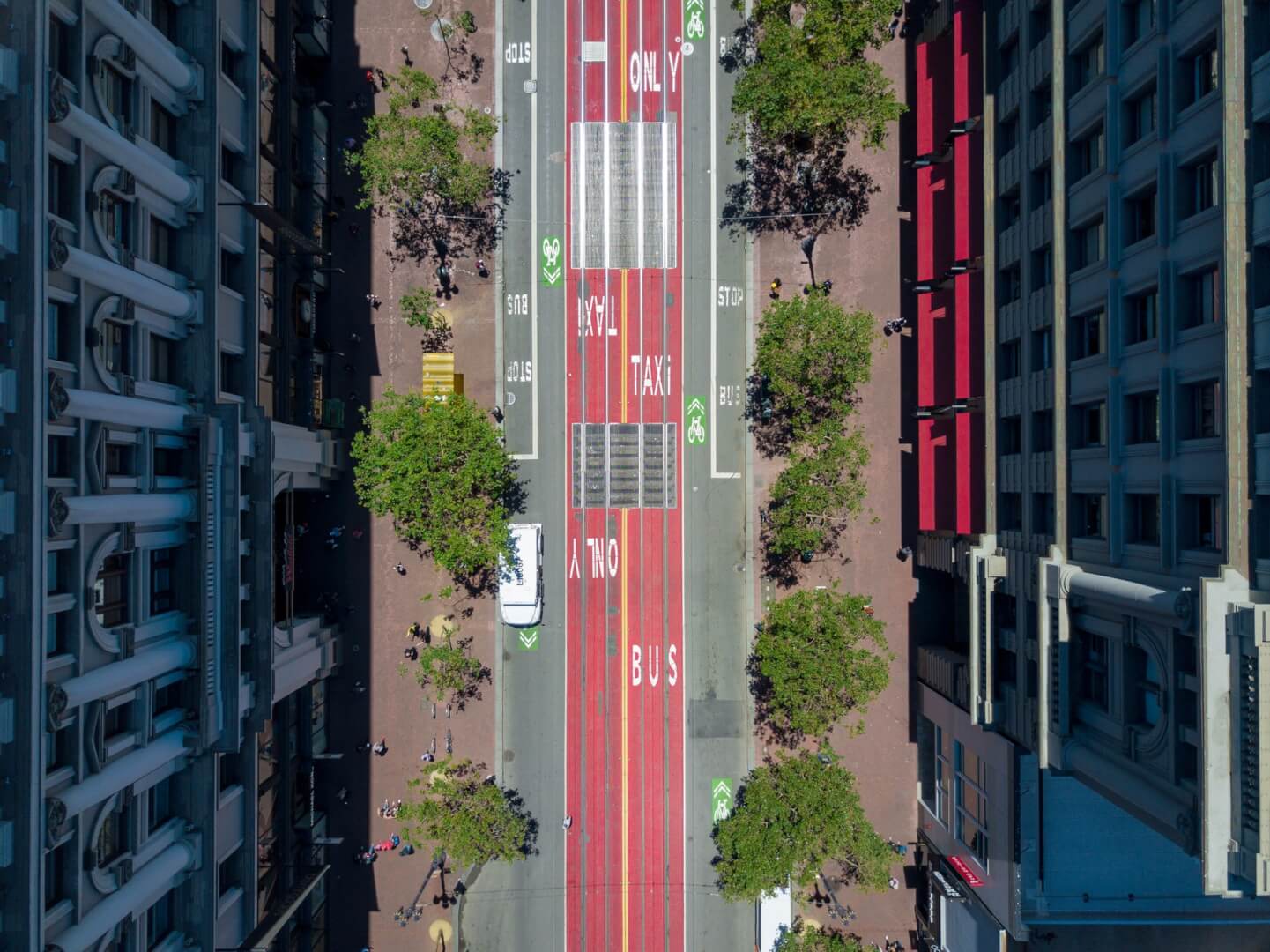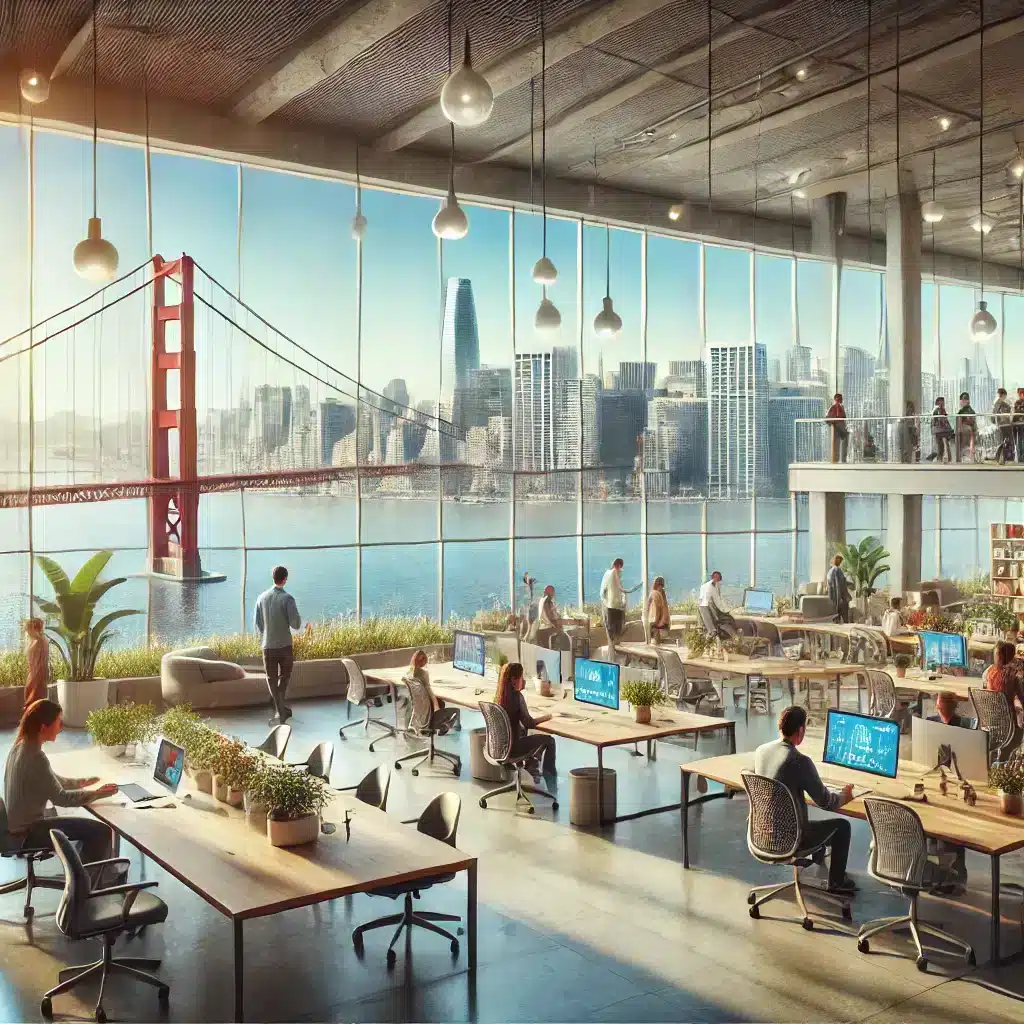
How San Francisco’s Office Space Market is Adapting to Post-Pandemic Work Trends
The pandemic has reshaped the nature of work and work environments globally. These seismic changes have been particularly felt in places like San Francisco, with the US city experiencing high vacancy rates, declining rental rates, and a noticeable shift towards flexible and hybrid work. Fortunately, San Francisco has managed to weather the storm reasonably well, with its position as a major tech hub and innovator central to its enduring success.
However, the San Francisco office space market has changed considerably in the post-pandemic era. Office vacancy rates are high, with some reports suggesting a rate of approximately 36.5% in 2024. Appetite for trophy office space is also on the rise, with more companies choosing to downsize to higher-quality premises, with destinations like San Francisco’s Financial District proving popular.
The shift to hybrid and remote work has also necessitated a new work environment. Dynamic co-working spaces are becoming the norm, offering a business base for professional freelancers, digital nomads, and small companies alike.
The Impact of Remote and Hybrid Work Models
San Francisco is one of the largest employers of remote and hybrid work in the United States. In 2024, around 1.8 million jobs were remote, with many more hybrid and remote-eligible positions offered. According to some estimates, around a third of San Francisco’s entire workforce works remotely at least some of the time.
The tech sector is largely responsible for driving this trend, with the industry a long-time champion of remote and hybrid working models. It’s not just startups and smaller companies that are leading the charge either, with major Bay Area employers like Dropbox and Salesforce offering remote and hybrid working opportunities.
The move toward hybrid and remote work has led to companies rethinking their office space needs. The San Francisco office space market is now defined by companies looking to reduce their square footage as they adopt more flexible workplace policies. While businesses may be looking for smaller spaces, there’s a growing demand for high-quality premises, with so-called trophies becoming increasingly sought-after.
However, individual workers are also helping evolve the market. There’s surging interest in flexible and shared office spaces on behalf of the freelancer, with many individuals seeking out co-working spaces. From hot-desking venues to locations offering shared offices and private suites, these co-working spaces offer a practical, scalable, and affordable solution for freelancers and smaller businesses.
As of 2024, more than 31.5 million square feet of office space remained vacant. This represents a record high for the city. However, demand for alternative office spaces remains high. San Francisco is home to some of the oldest co-working spaces on the planet. Today, the city plays host to more than 120 different locations, with the average venue offering more than 26,900 square feet of workspace.
Landlords’ Adaptation Strategies
The needs of prospective tenants are changing, and San Francisco landlords are also having to follow suit to accommodate the needs and wants of those looking for new office space in the city.
Today, traditional office spaces just aren’t cutting it. To meet the growing demand for trophy properties, landlords are being forced to upgrade premises with better amenities. There’s also a new focus on collaborative spaces, favored by co-working space users. What’s more, a more rigorous approach to health and safety, as well as sustainability, is foremost in landlords’ minds as they seek to rent vacant space.
One particular aspect of traditional offices that has fallen out of favor with space users is long-term leases. Expensive, restrictive, and often filled with hidden costs and clauses, conventional leases aren’t well-suited to companies looking for flexibility and scalability. Landlords are increasingly offering more flexible leasing terms to appeal to the ever-changing requirements of users, providing them with a space that can be adapted as and when required.
Integrated technology is also becoming the norm for many locations in the San Francisco office space market. Superior Wi-Fi infrastructure is a non-negotiable staple for many would-be tenants, while tech-enabled solutions such as touchless security and ID systems, not to mention advanced HVAC systems, are more in demand than ever. These trends have been driven by a need for improved health and safety compliance that’s become paramount in the post-pandemic era.
Shifting Business Needs and Office Space Configuration
Long gone are the days when traditional offices equipped with banks of desks and cubicles were the best-in-class standard. Today, most businesses are looking for an altogether more dynamic office layout. Open-plan offices are becoming increasingly common, with these co-working spaces designed to promote creativity and collaboration. They’re well-suited to the needs of hybrid businesses, allowing companies to balance disparate workforces, far more easily than a traditional workspace would allow.
The design of these spaces also brings with it other practicalities, such as being able to practice social distancing as and when required. Even in times when a public health crisis isn’t a concern, such layouts can limit the incidence of infections, resulting in a healthier, happier workforce.
Many companies are also rethinking their location. More specifically, they’re reconsidering whether a central location in an urban hub is right for them. While practical, such locations are expensive, with demand for them increasingly competitive. Recently, there’s been a rise in the number of hyperlocal workspaces available, with co-working spaces located in suburban areas, rather than central business districts.
Despite being set apart from highly urbanized areas, they still offer access to first-rate amenities, such as desirable lunch spots and reliable transport connections. As well as being more useful for workers looking to slash commuting times, these spaces are significantly more affordable than central ones, making them a smart choice for cash-strapped freelancers and companies worried about the bottom line.
Future Outlook of the San Francisco Office Space Market
High vacancy rates look set to continue defining the San Francisco office space market. However, as more companies enforce return-to-office mandates, a reduction in these all-time high vacancy rates is likely. That being said, with more companies waking up to the benefits of remote working and an increasing number of businesses employing the hybrid work model, demand for a different type of office will be what dominates the market.
While many offices remain empty, activity in the leasing market is strong. In the fourth quarter of 2024, more than 2.2 million square feet of office space was leased, the strongest leasest activity since pre-pandemic levels. While leasing activity is expected to stabilize in 2025, appetite for Grade A trophy premises is certain to remain high. Expect more companies, even established enterprise-level ones, to reconsider their current office locations and seek to downsize. However, despite this downsizing, demand for premium facilities, high-tech integration, and sustainable design is likely to remain high.
Downsizing seems to be on the cards across the board, with the impact of AI leading to streamlined workforces. However, unlike other US cities, the San Franciscan labor market is likely to adapt and evolve with, rather than be excluded entirely by these changes. Already a frontrunner in remote and hybrid working models and largely buoyed by the tech sector, San Francisco stands as a keen adopter of new and innovative alternatives to the conventional office.
Explore Mindspace’s Premium Co-Working Spaces in San Francisco
A longtime leading light of the tech sector and a hotbed of innovation, San Francisco has always enjoyed a slightly different take on the office space market. While traditional office leases might be out, newly emerging co-working locations and shared workspaces are on the rise. In fact, the first official coworking space in the world was launched in San Francisco’s very own Mission District in 2005, with dozens of similar spaces opening in the years since.
Home to many leading tech companies, innovative startups, and creative enterprises, the need for new and novel workspaces has never been more present in San Francisco. While the city’s current office vacancy rate remains high, so too does the need for dynamic alternatives to the traditional office. Co-working spaces present the perfect antidote to companies and freelancers tired of restrictive leases, subpar amenities, and hidden costs. What’s more, they’re designed to foster creativity and encourage collaboration, making them the perfect pick for those seeking out exciting networking opportunities.

Searching for an alternative to the standard office in San Francisco? Why not see how Mindspace can help?
We offer a huge variety of premier co-working spaces in cities like San Francisco, with first-rate facilities at sought-after locations like Market Street. Offering a truly collaborative work environment, flexible membership options, and access to some of the best shared amenities around, it’s easy to find your next base of operations with Mindspace. What’s more, you’ll find a busy schedule of industry and networking events, making it easy to connect with like-minded professionals and seek out new opportunities and partnerships.
Eager to learn more about how Mindspace can help you? Get in touch with the team today to discuss your requirements in more detail or to arrange a viewing.






